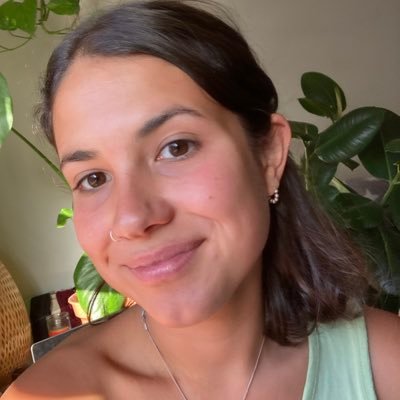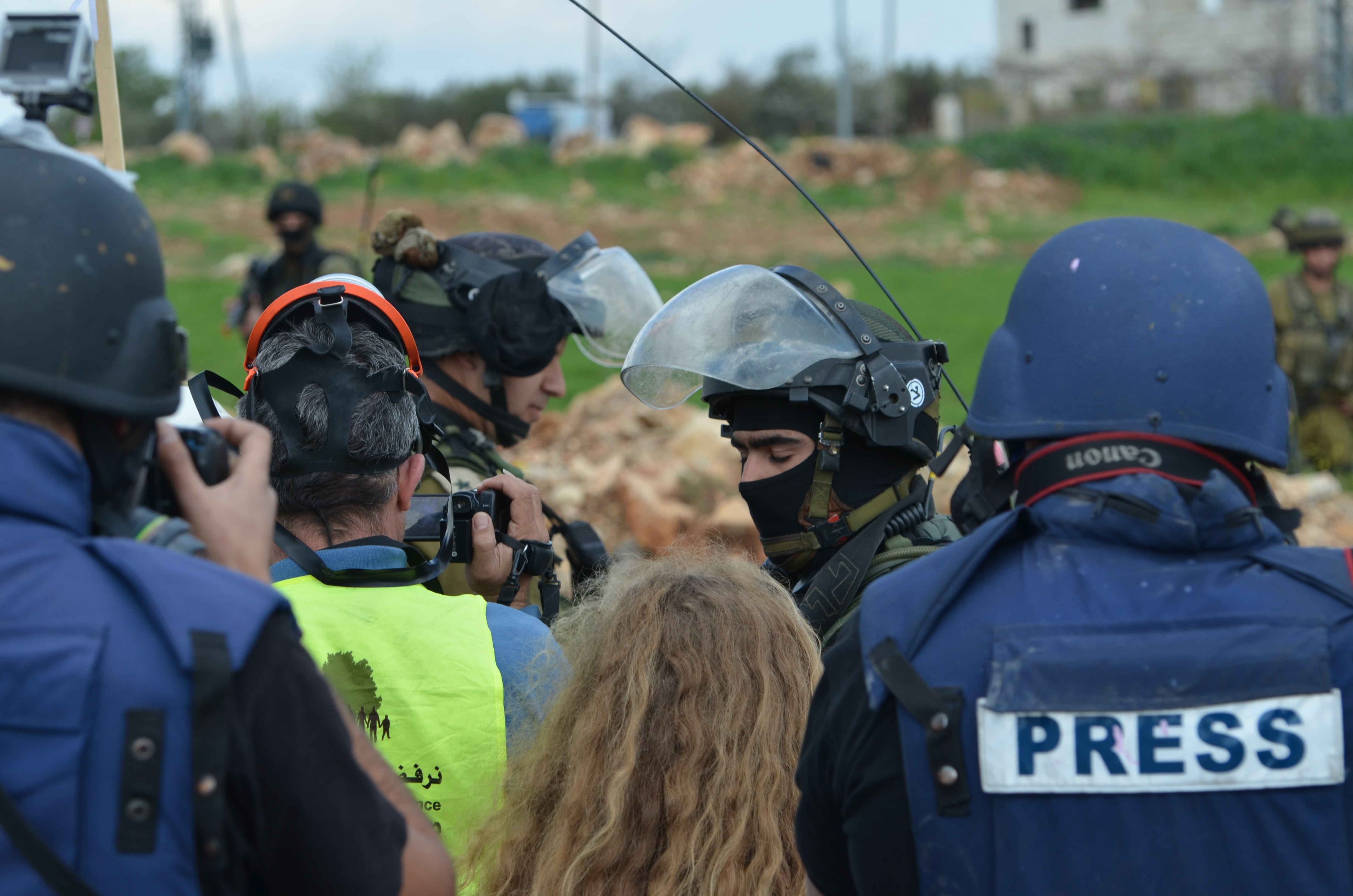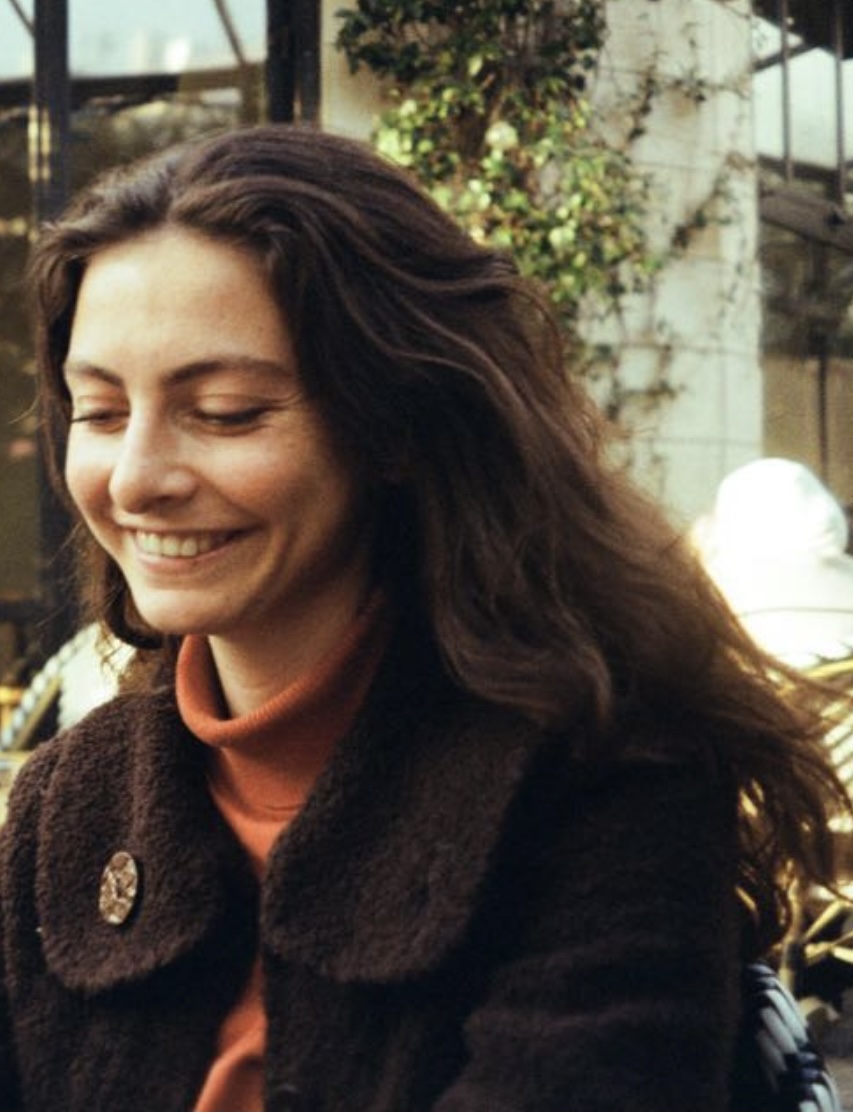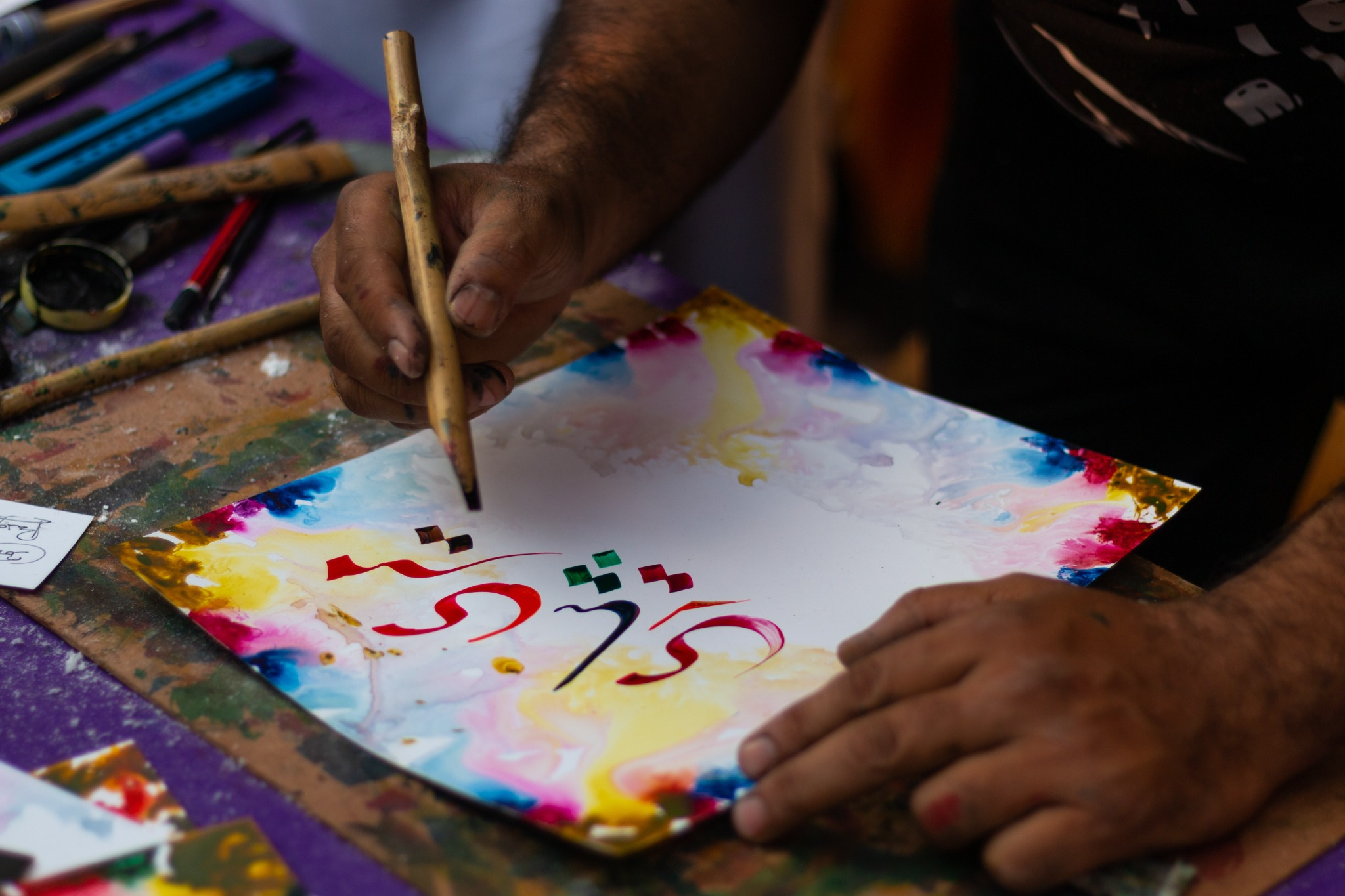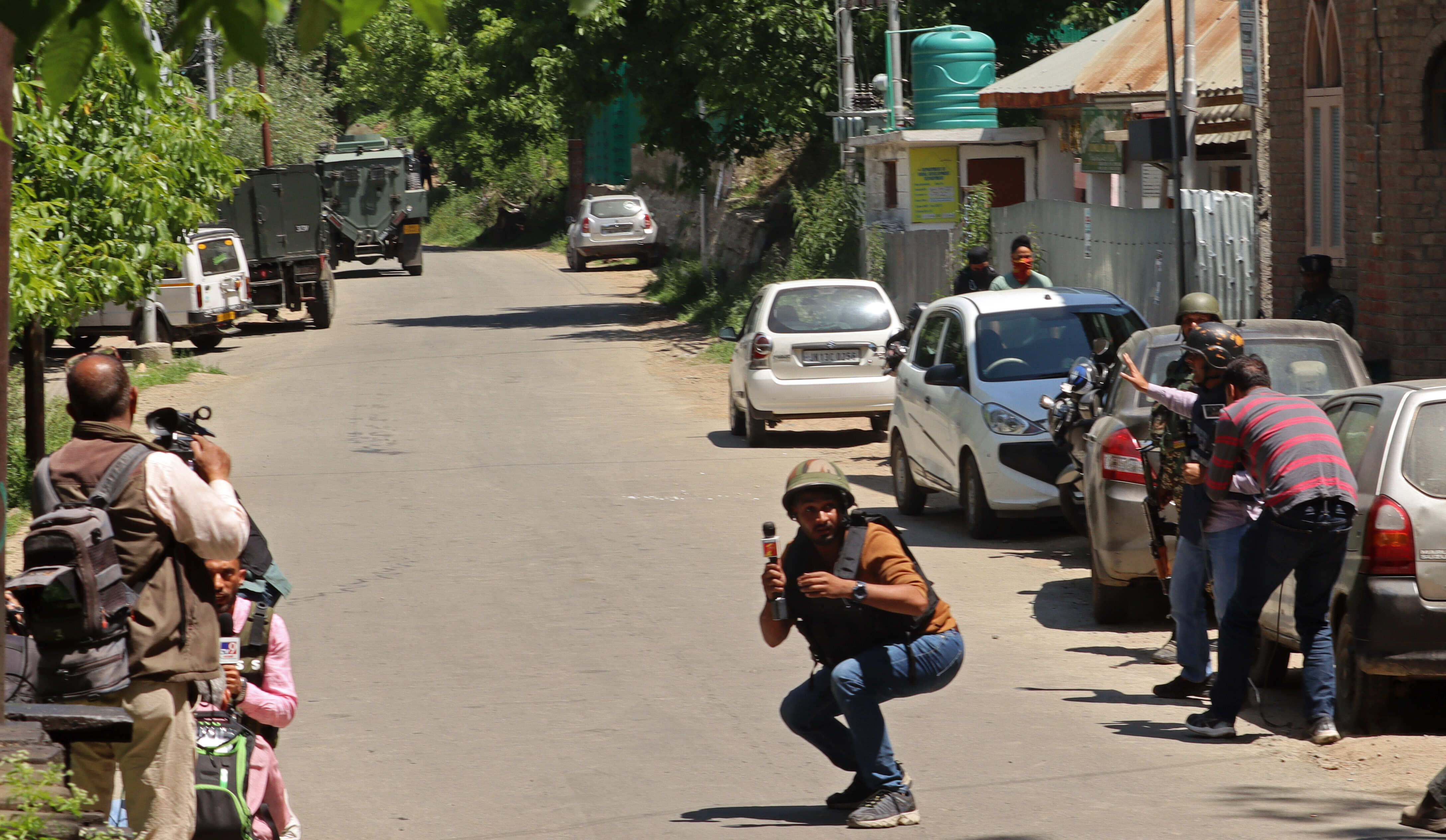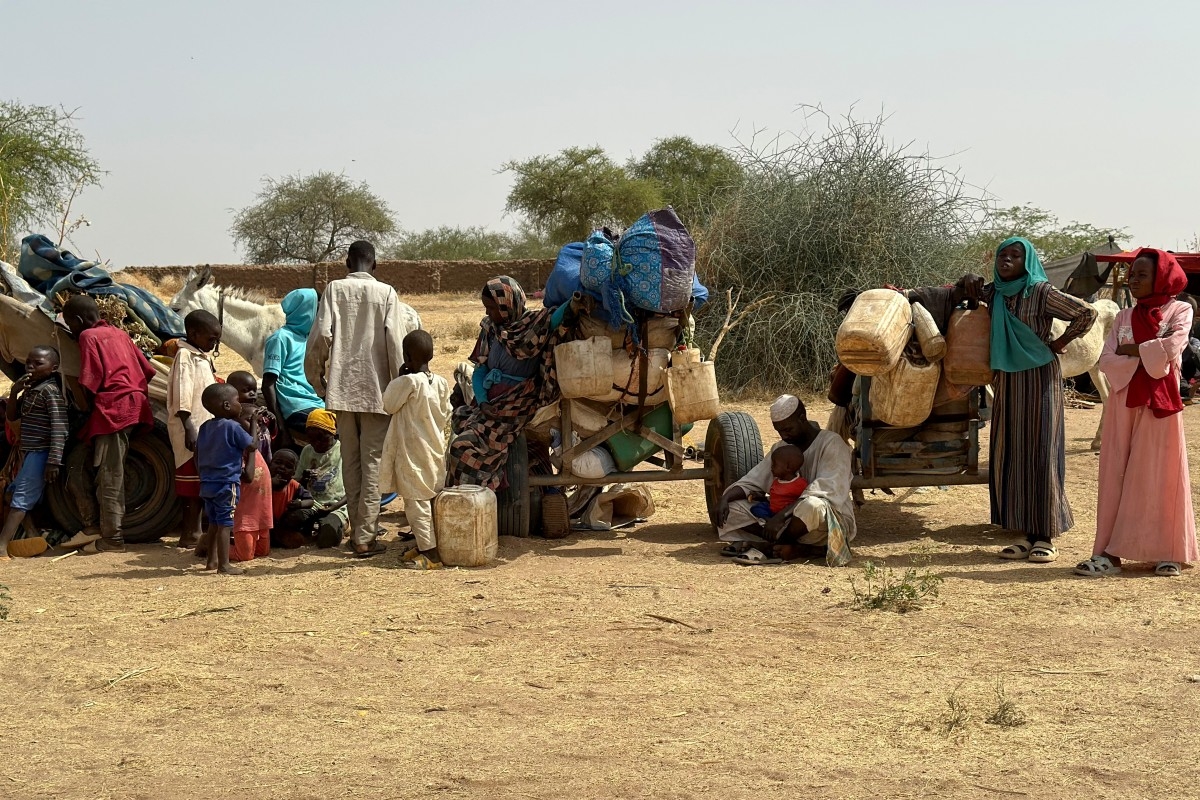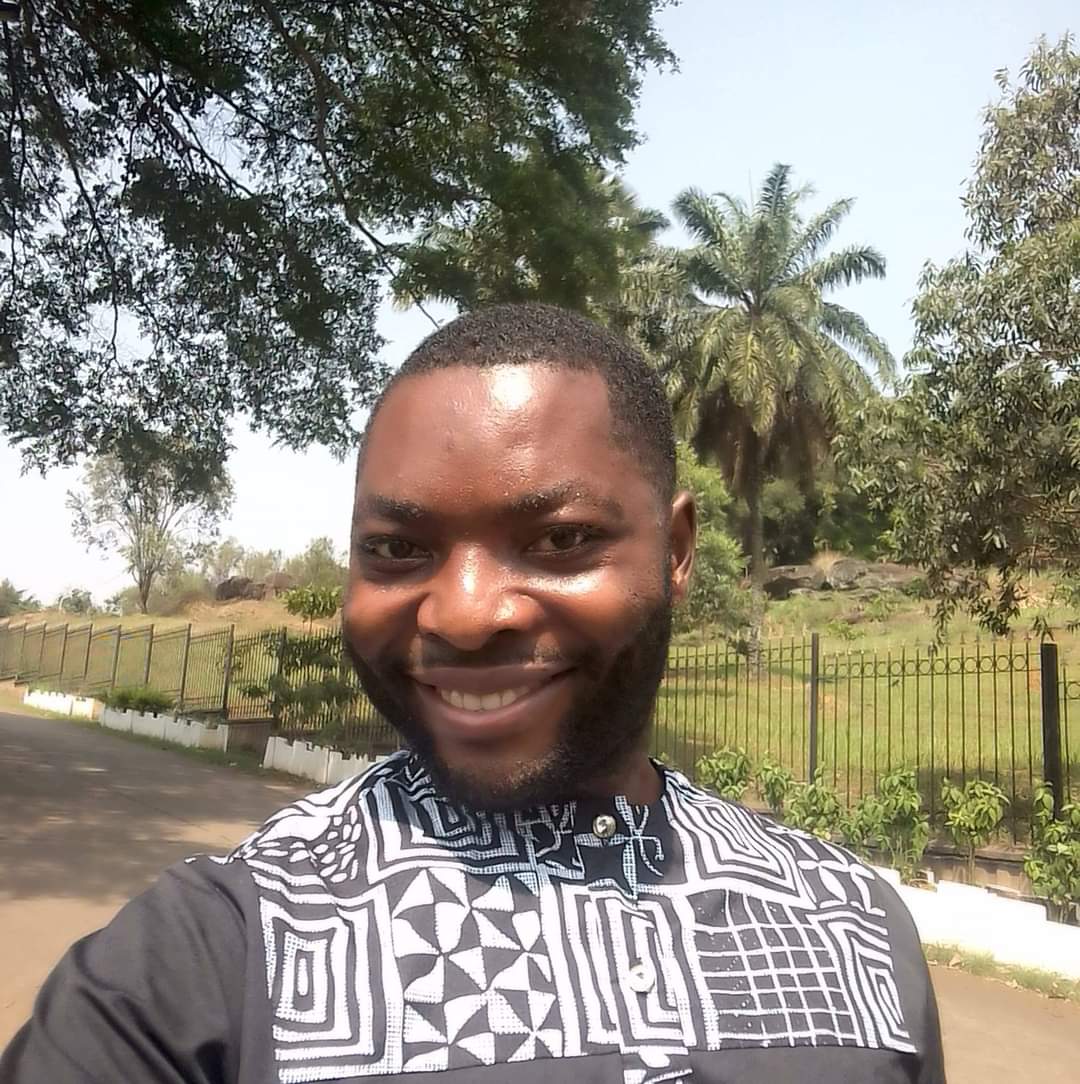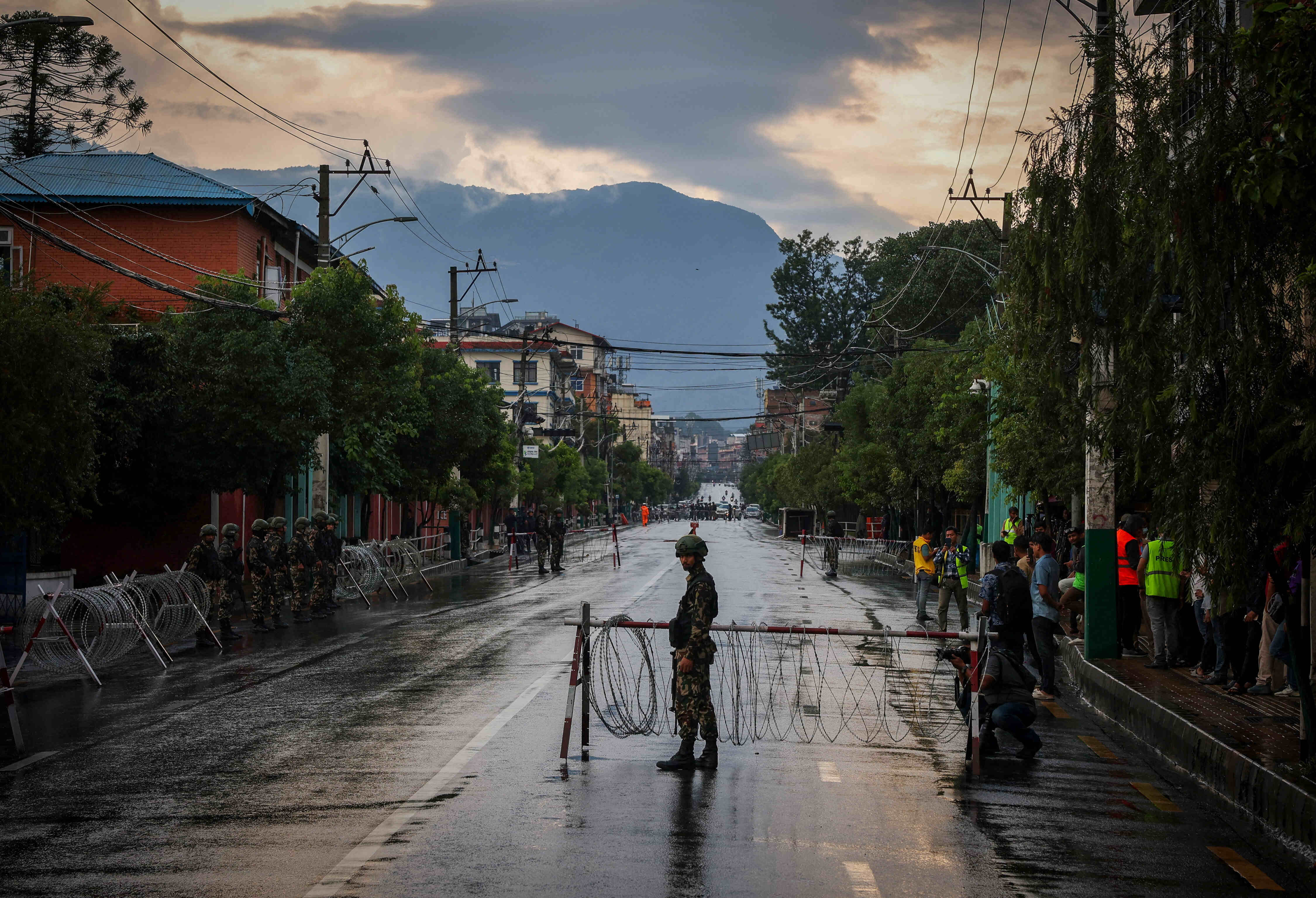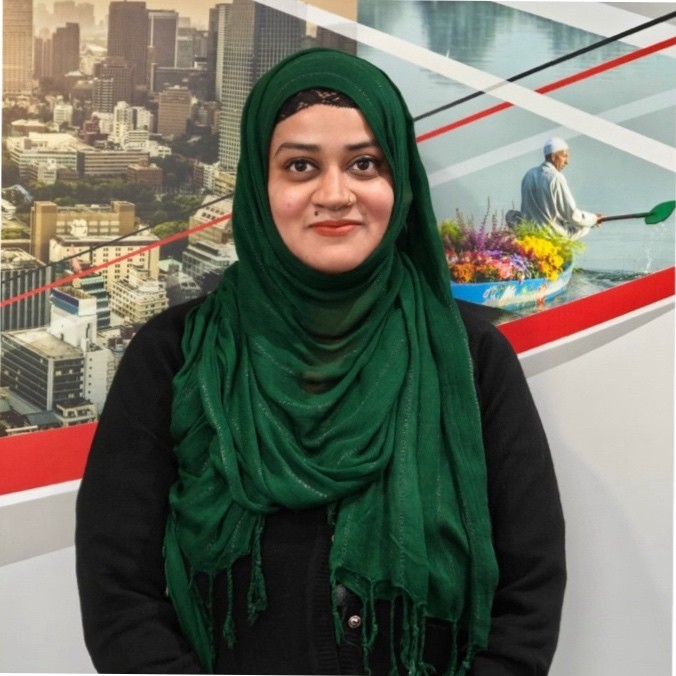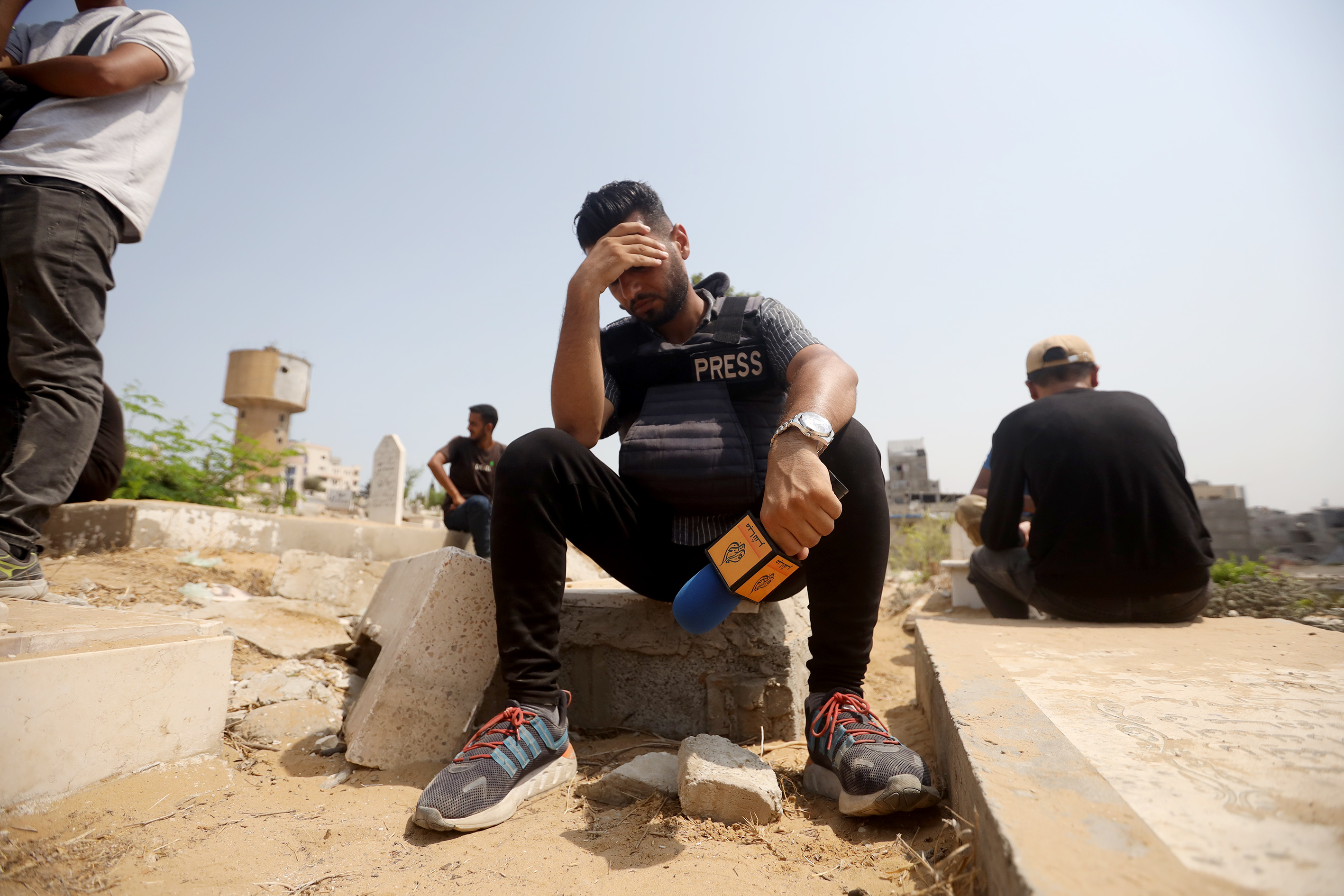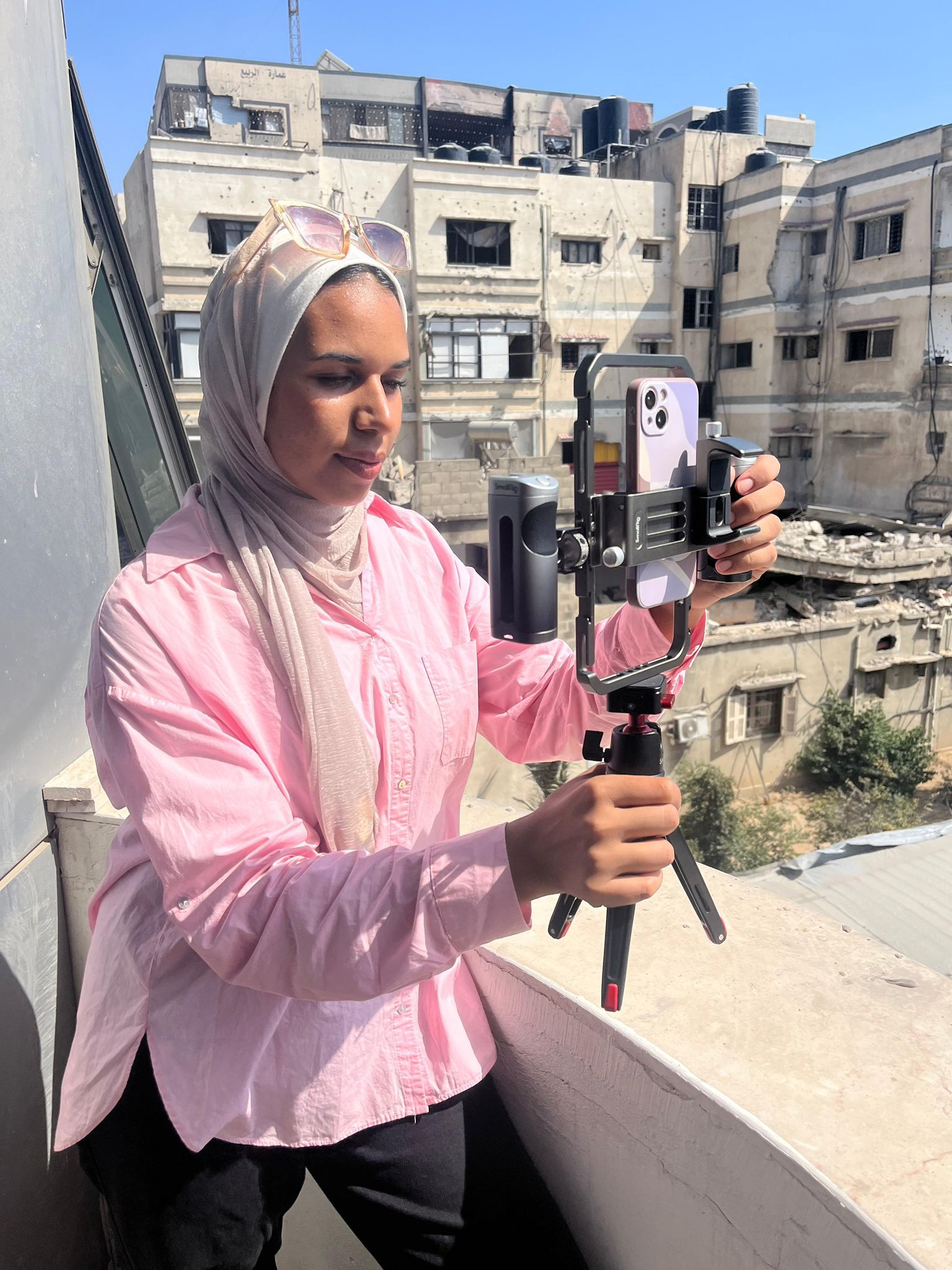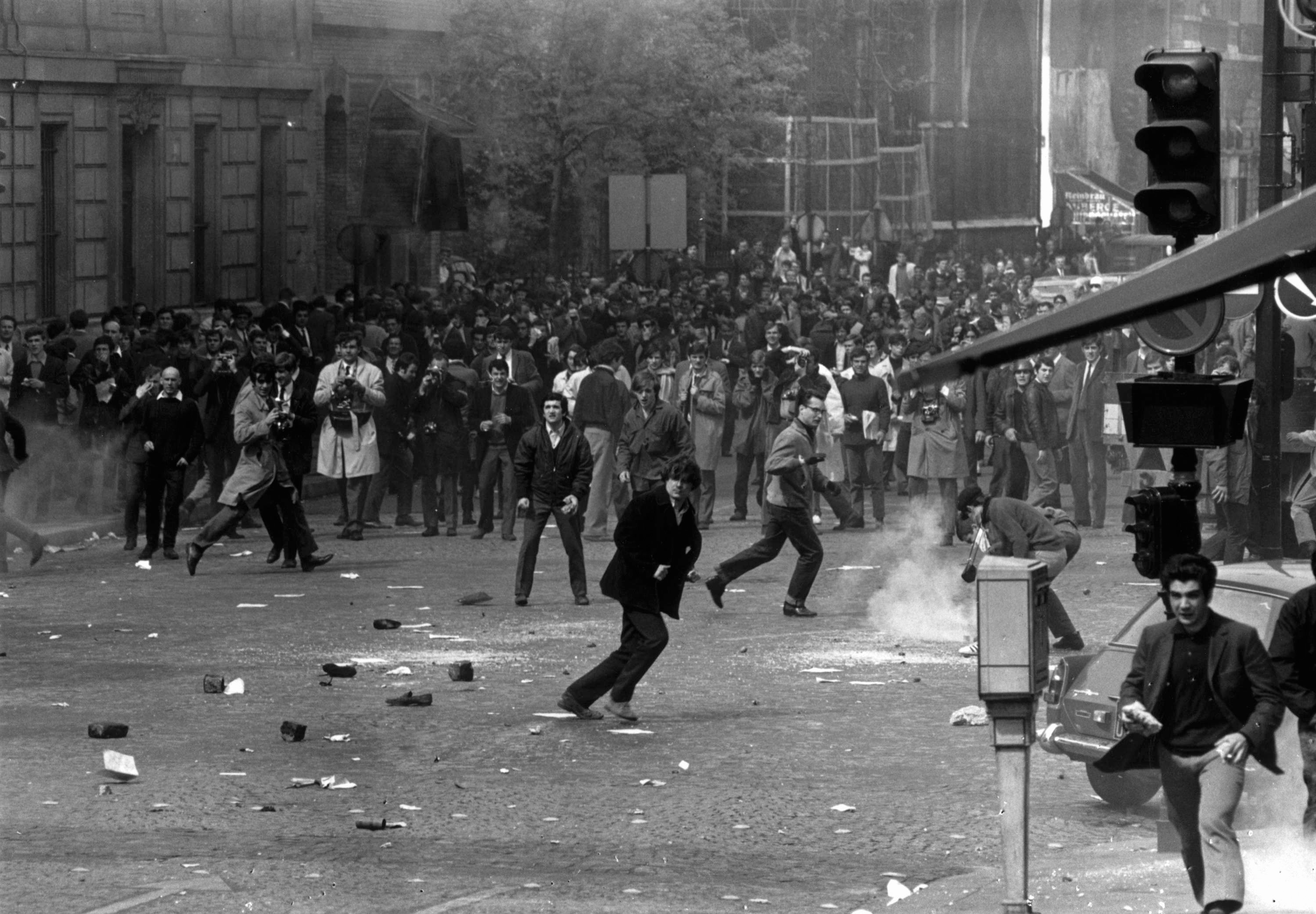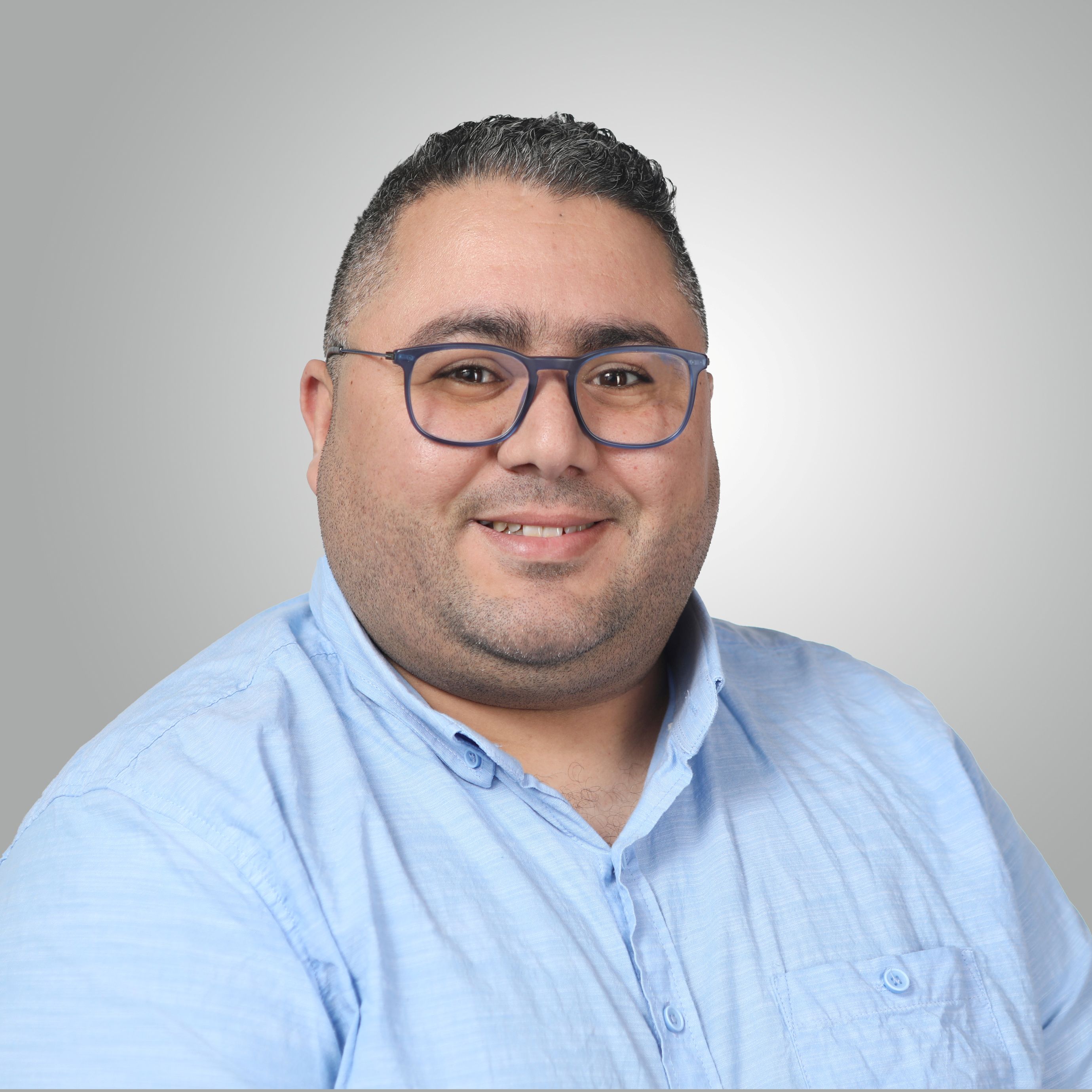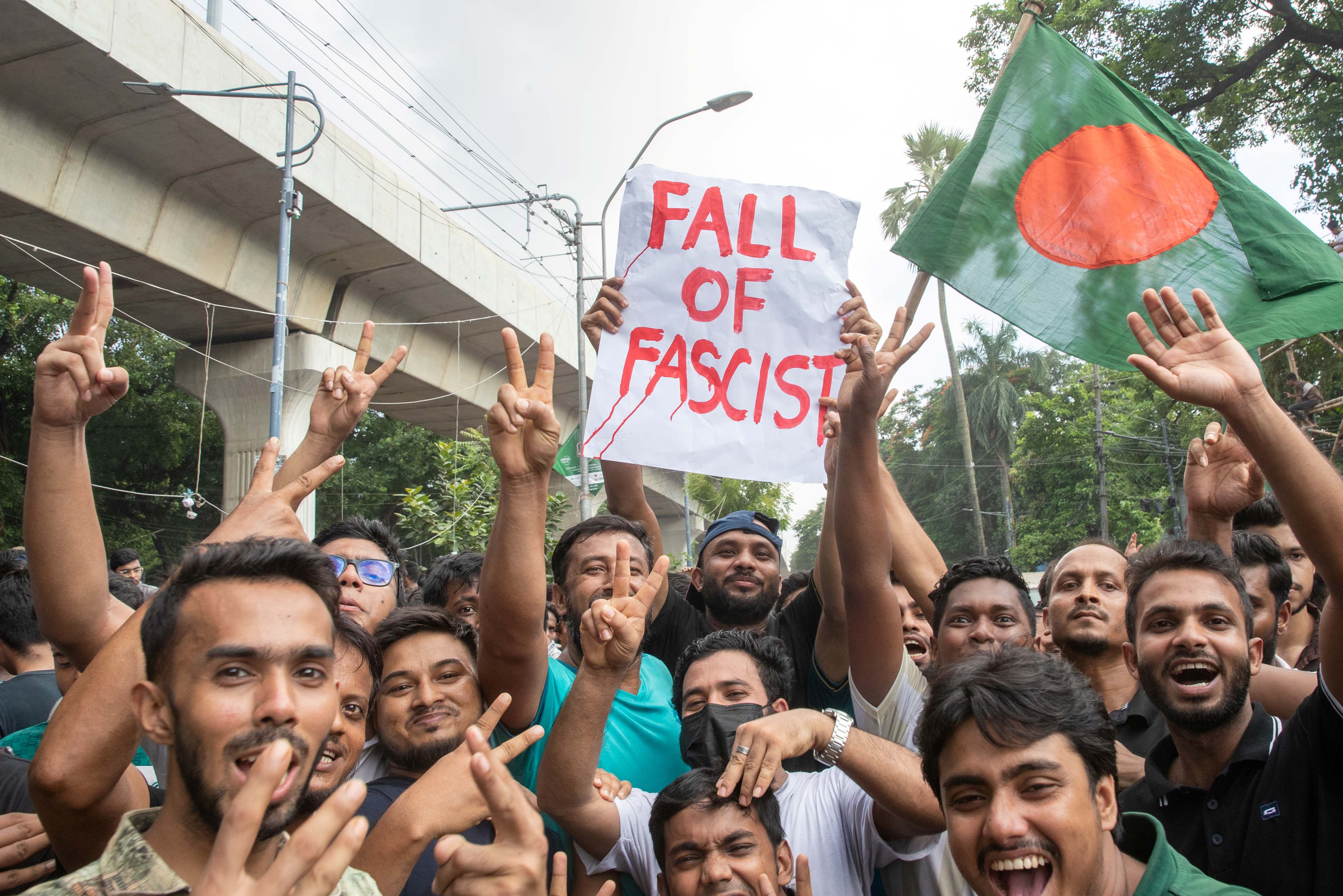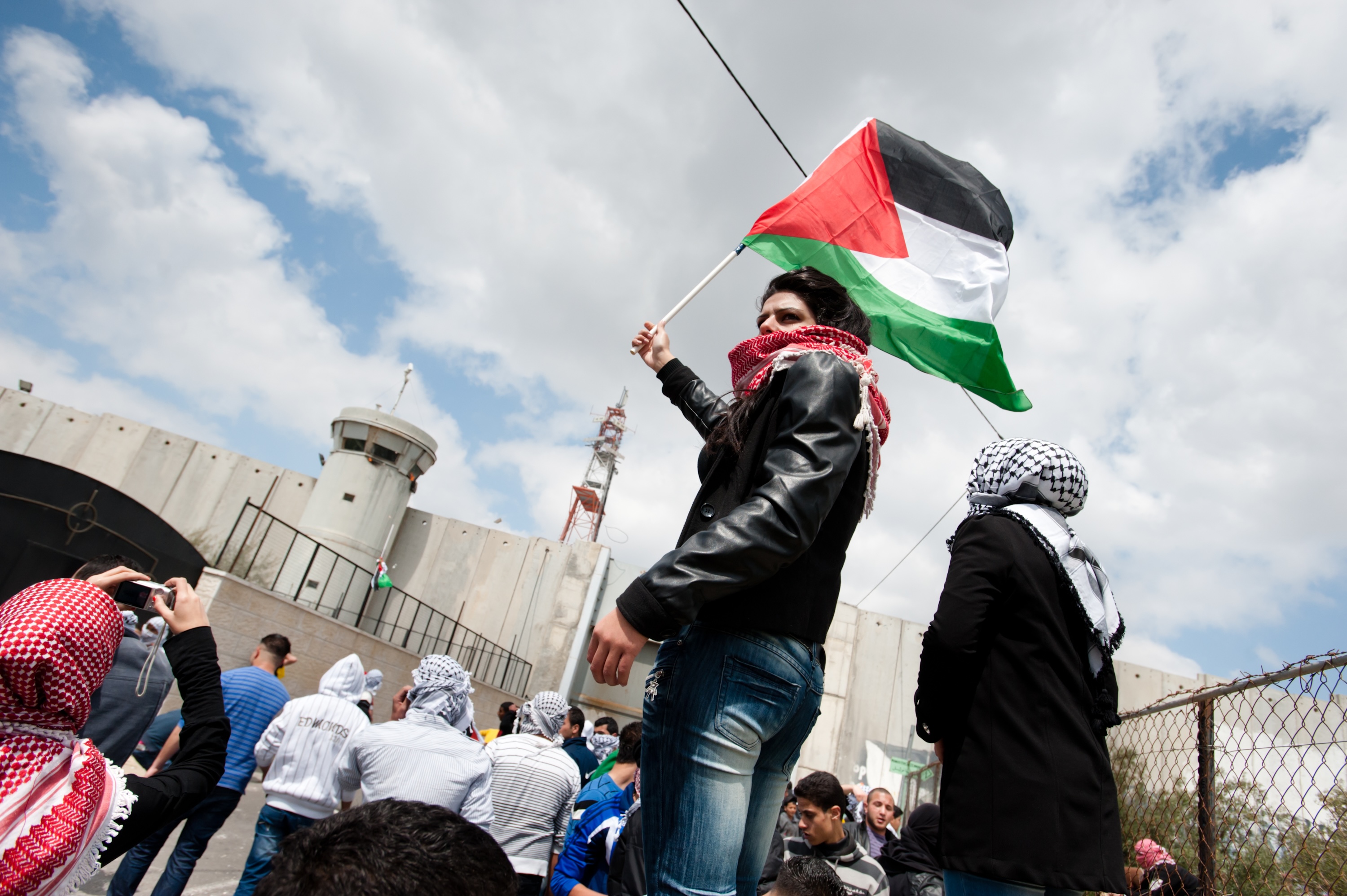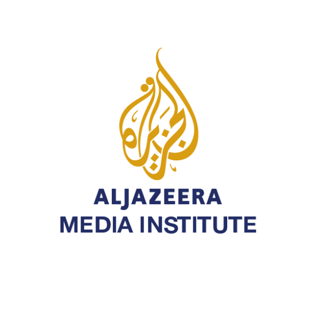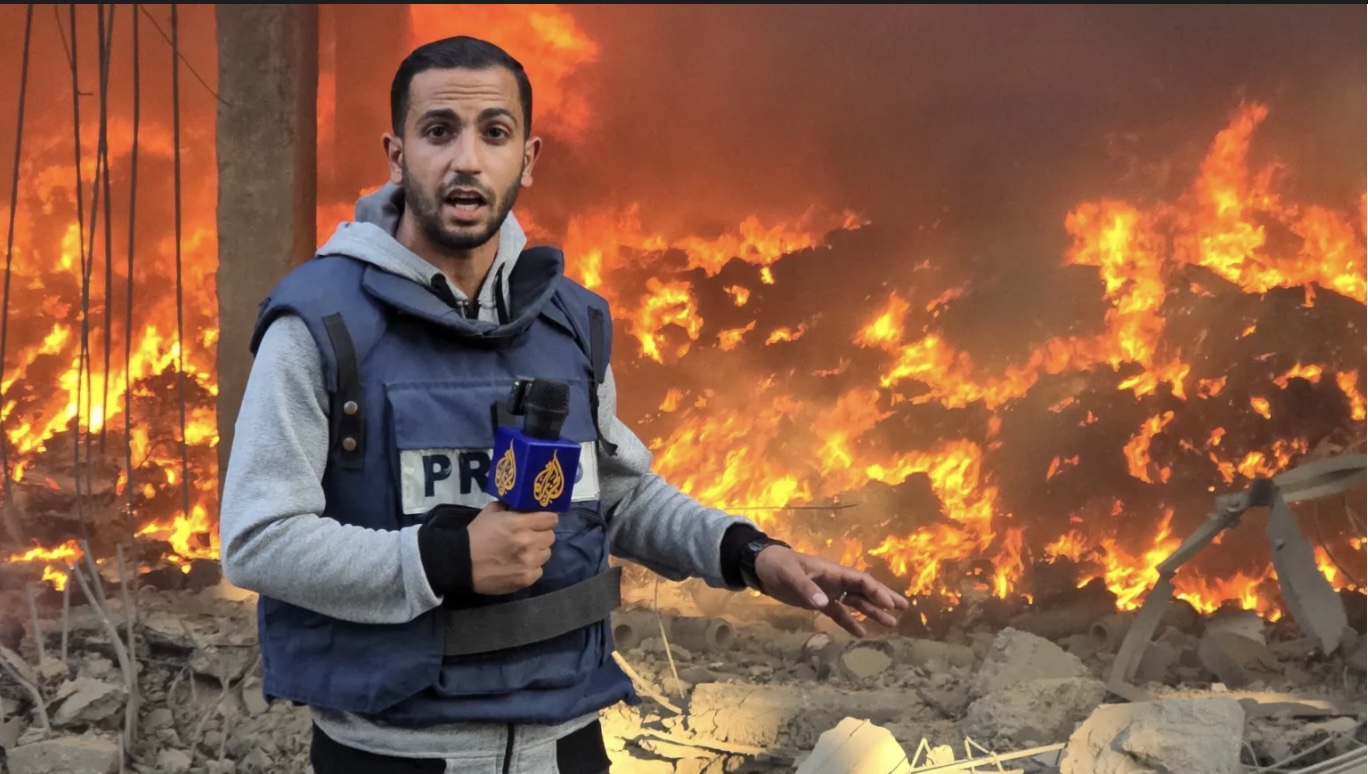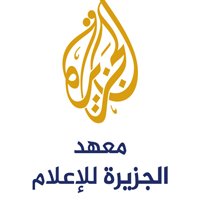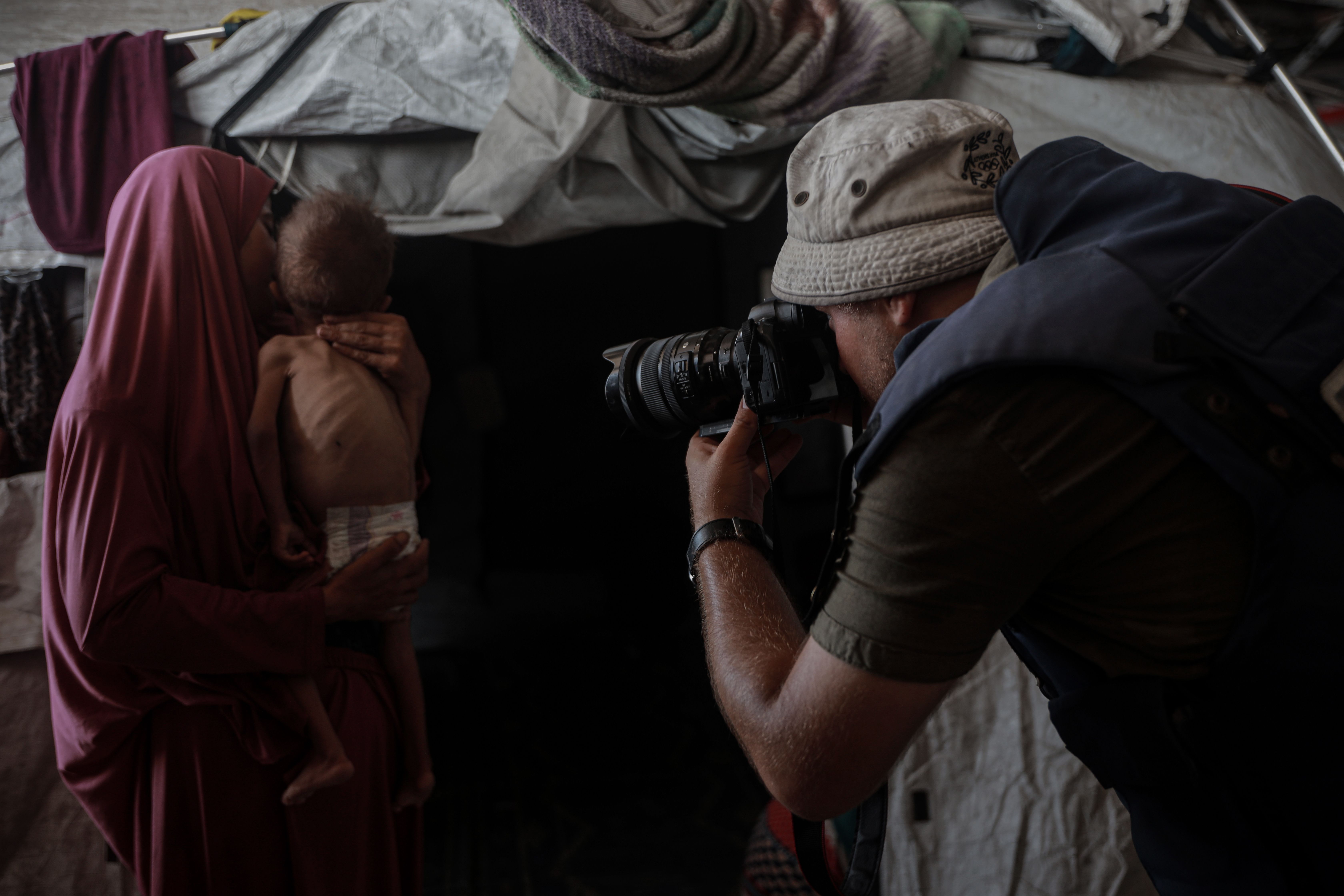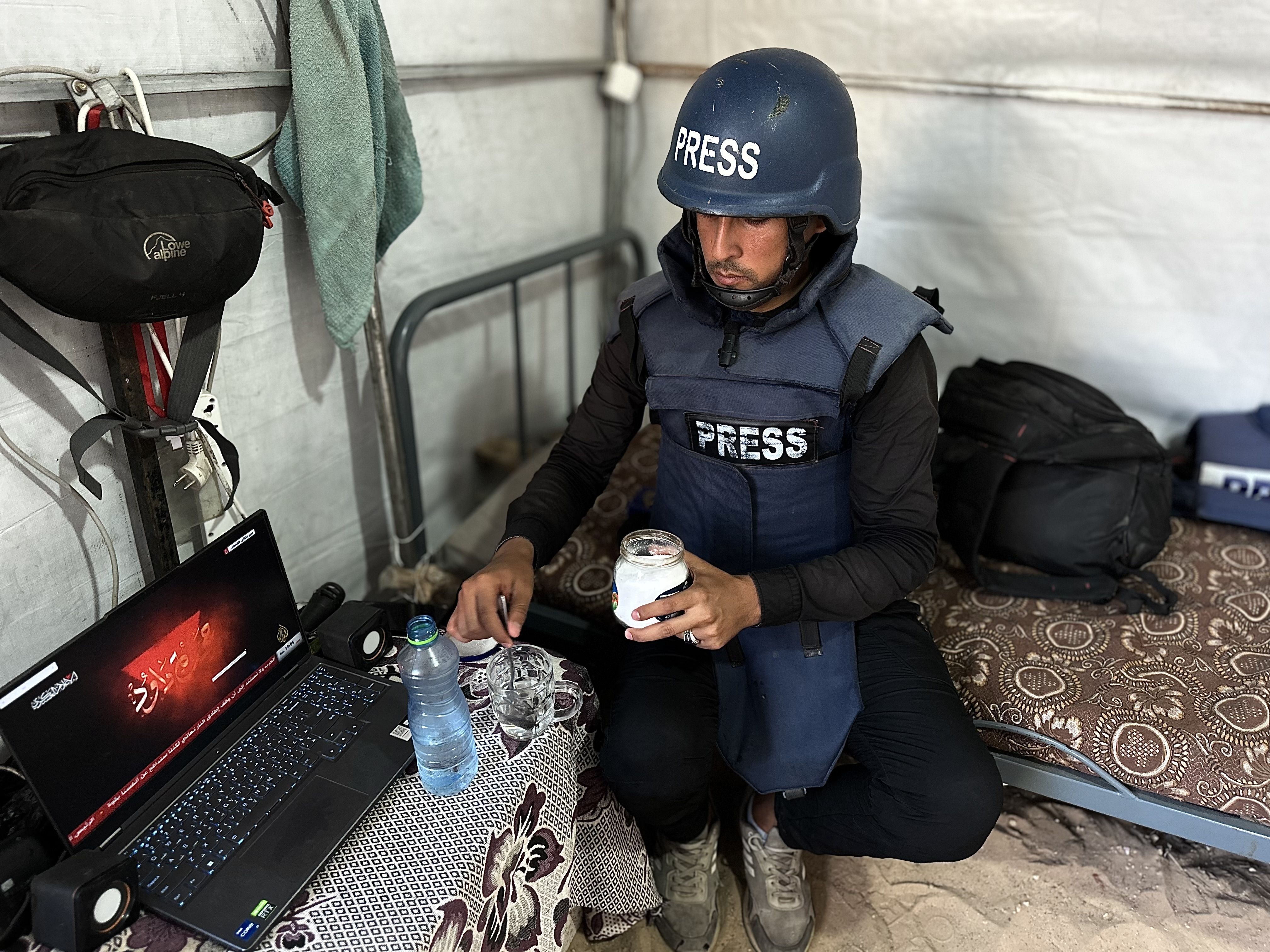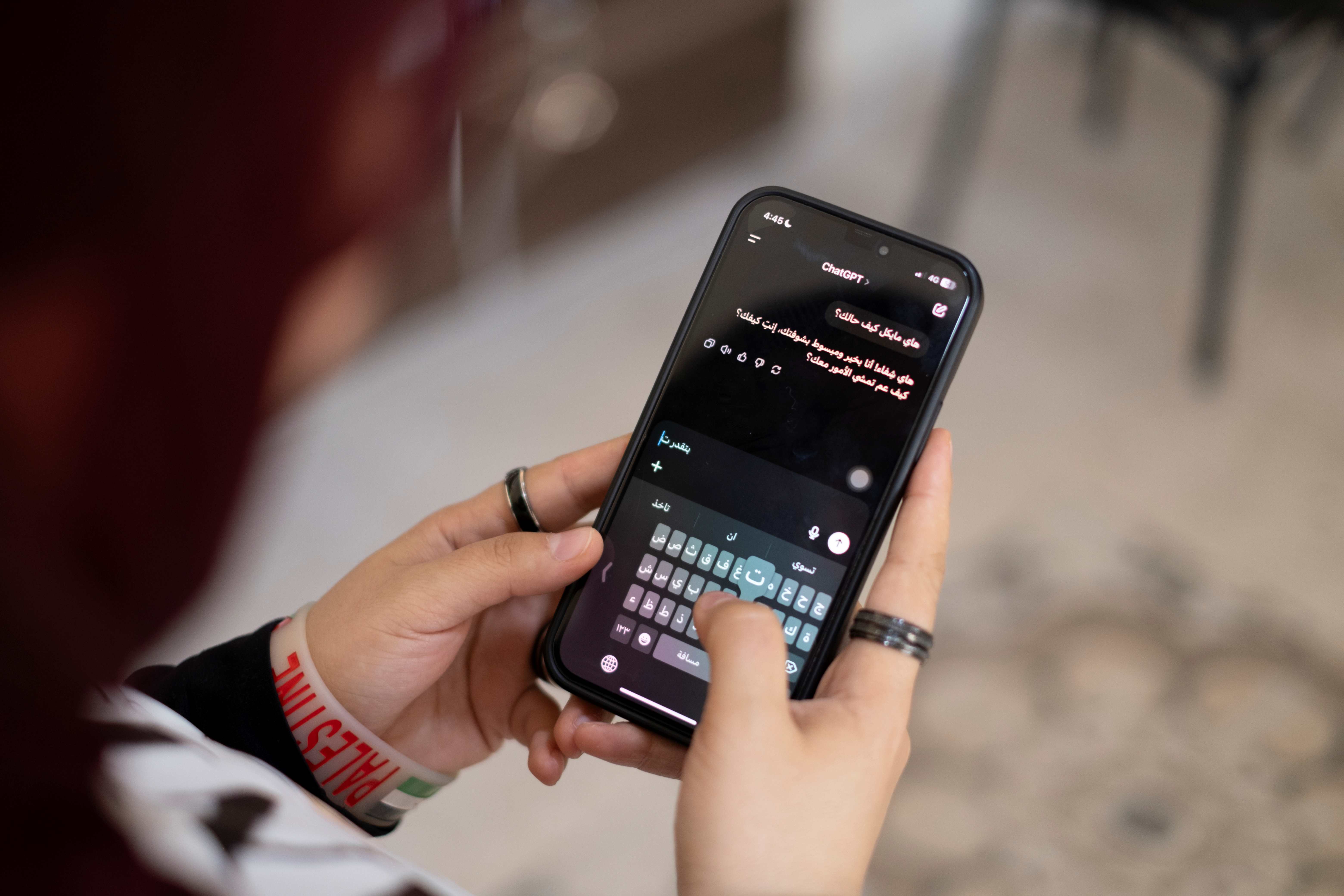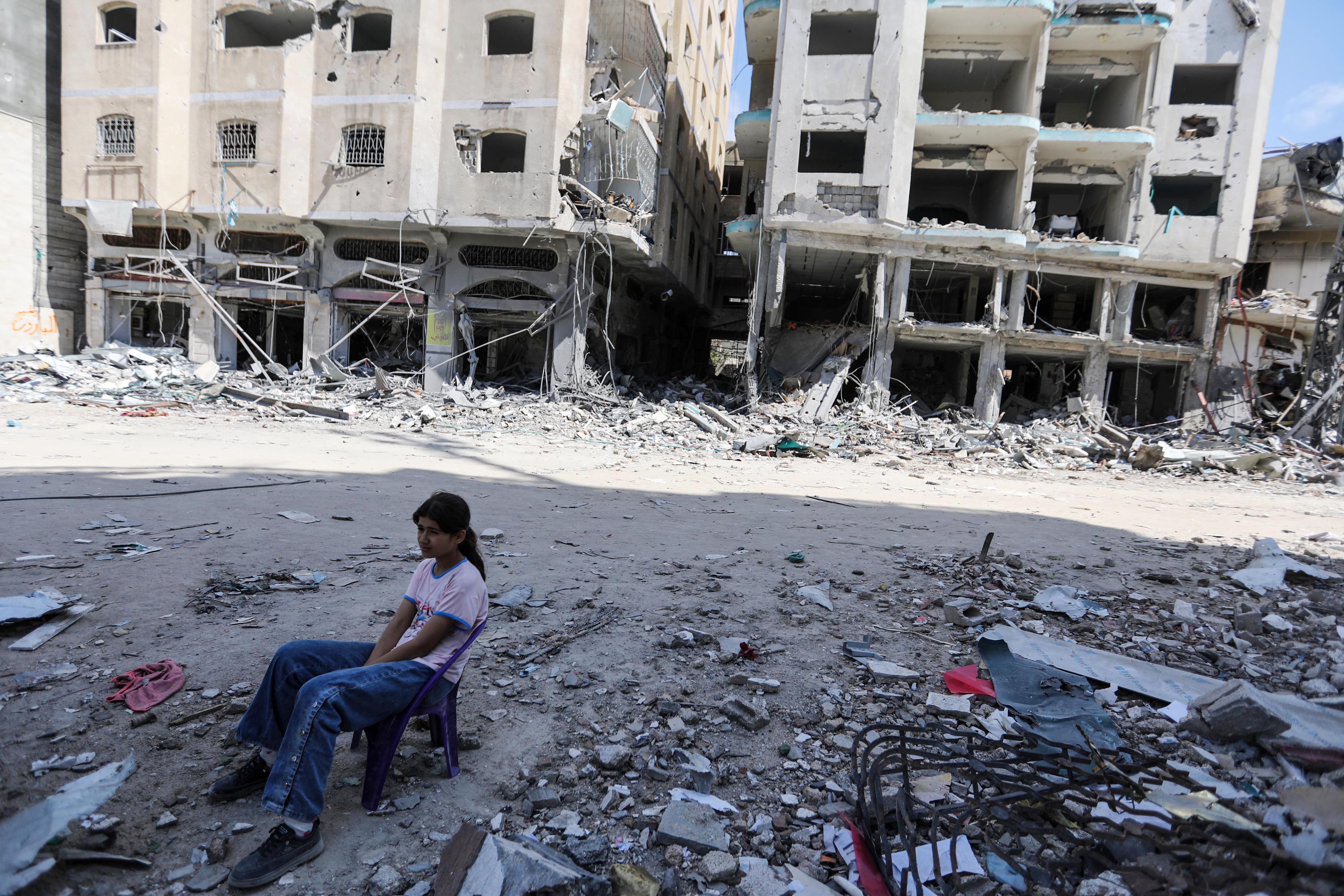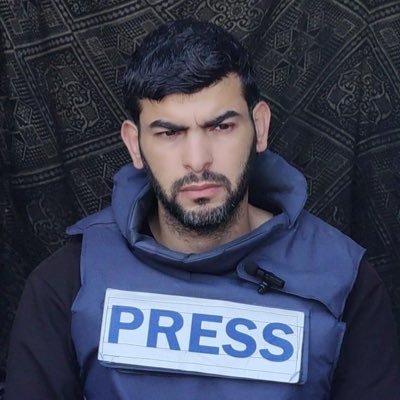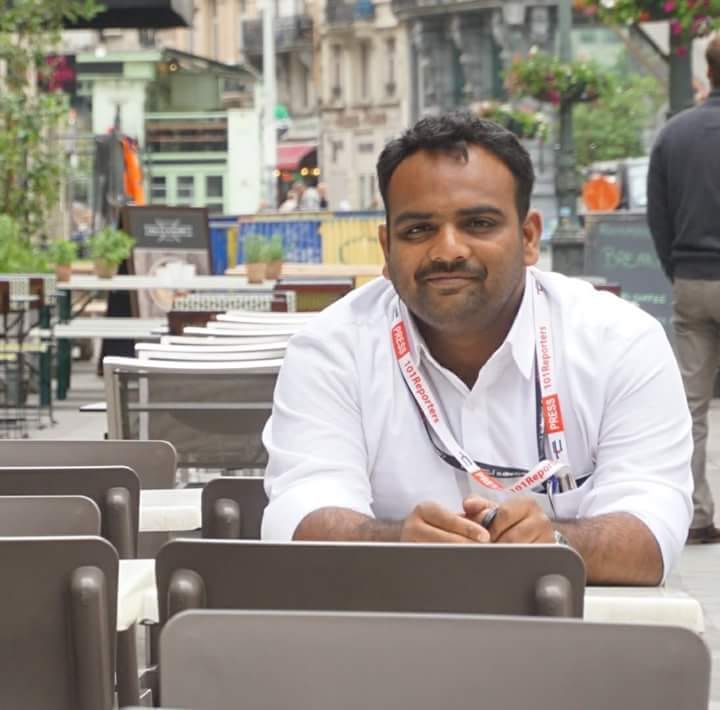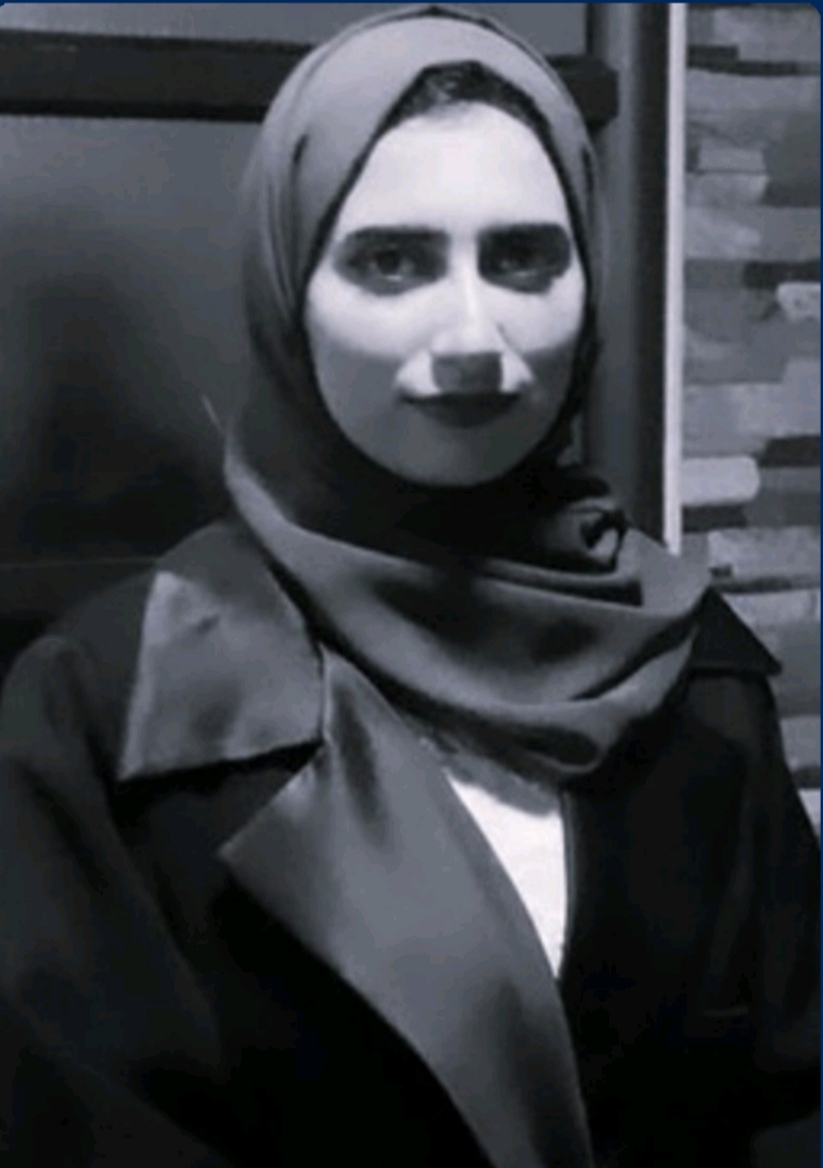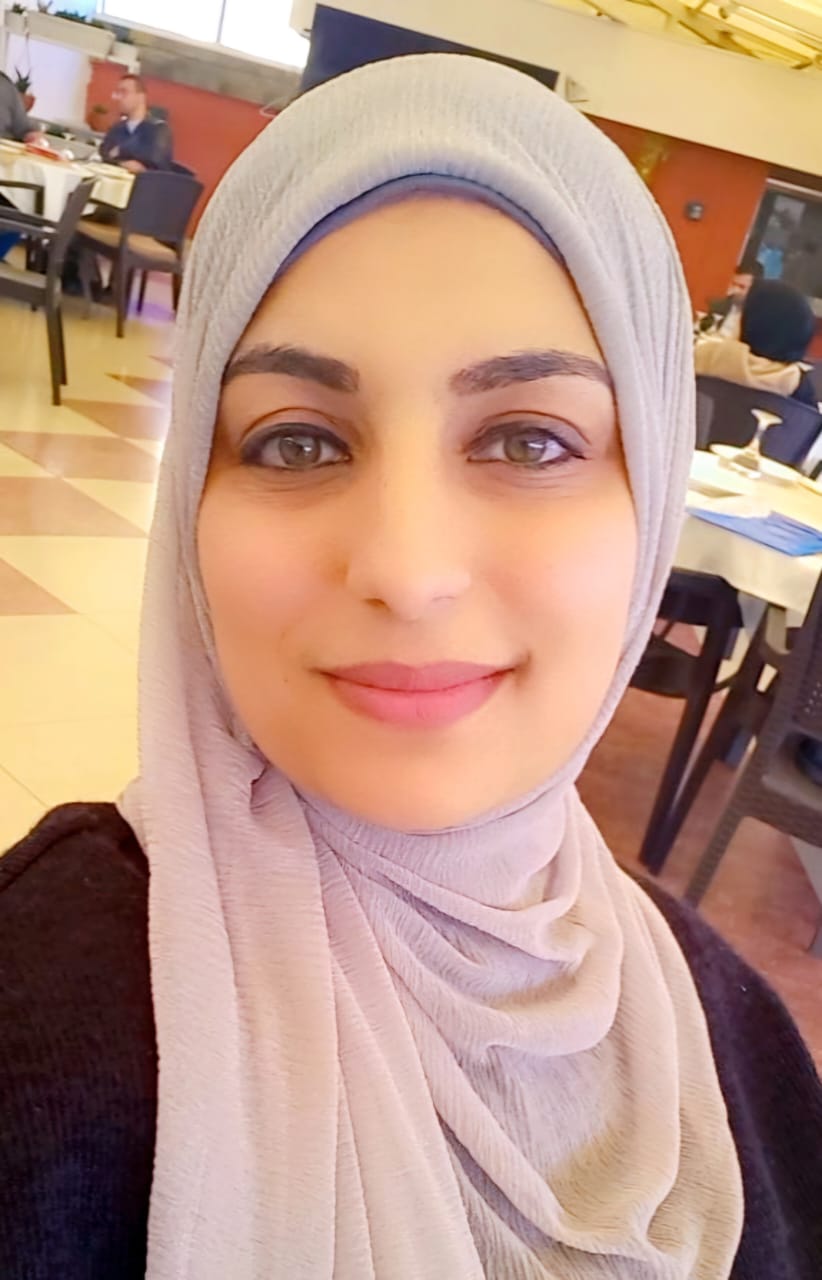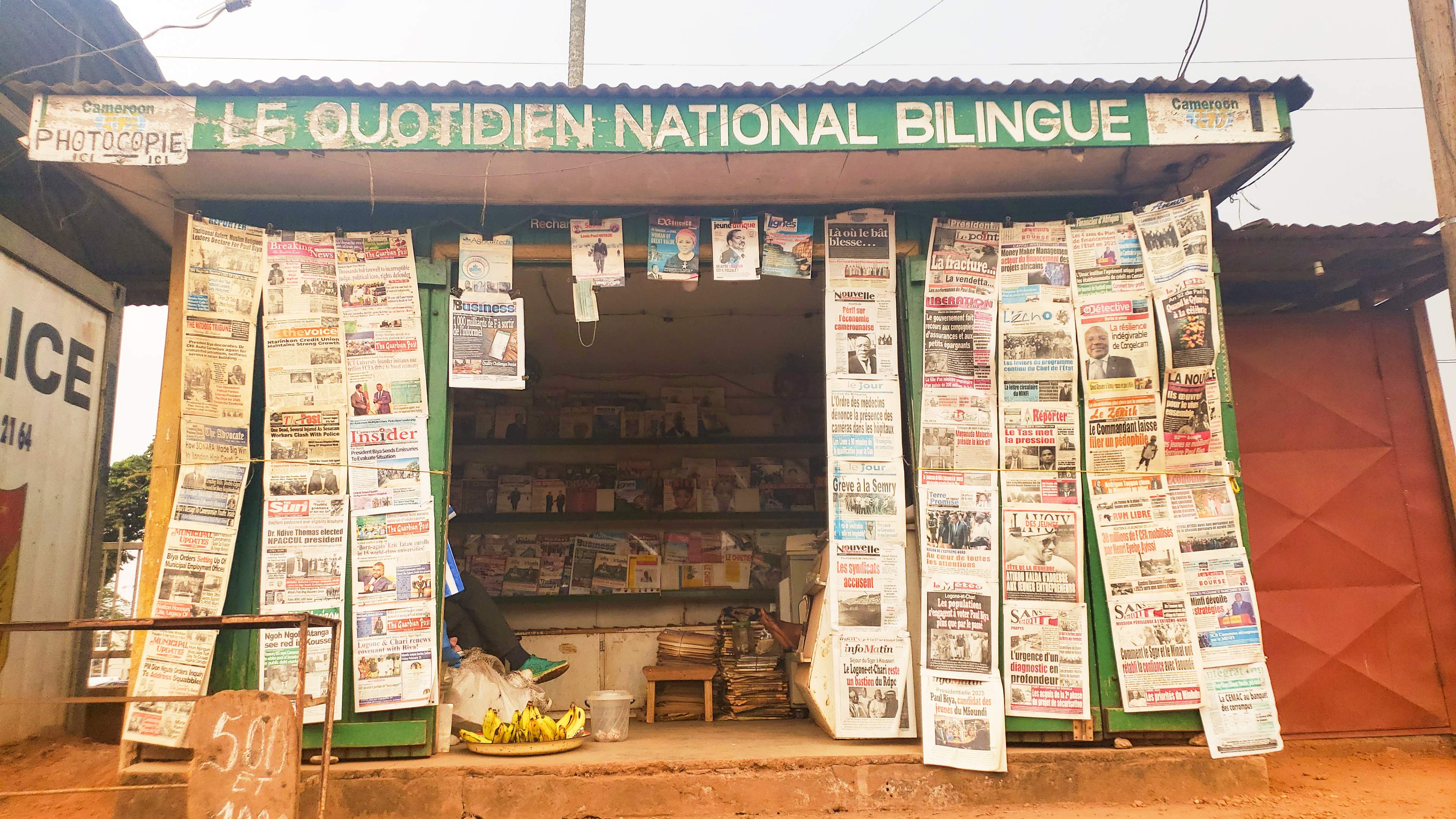أول ما يمكن توقعه أن المرأة في الإعلام الفرنسي تتمتع بحقوق كثيرة، وربما معظم الحقوق. يأتي هذا من سمعة فرنسا في هذا المجال، ومن ملاحظة حضور النساء الكثيف على الشاشة الصغيرة، إذ يبدو من الوهلة الأولى لمتابعي المحطات الفرنسية سواء أكانت حكومية أو خاصة، إخبارية أو عامة، أن المرأة تحتل موقعا بارزا على الشاشات. هذا انطباع عام مستمر وليس أوليا فقط.
لكن، ثمة من لا يوافق تماما على هذه الانطباعات أو التوقعات، ويؤكد أنه ما زال على الإعلام الفرنسي بذل المزيد من الجهود للوصول إلى المساواة الكاملة بين المرأة والرجل في نسبة التواجد على موجات الأثير وشاشات التلفزيون.
يوجد في فرنسا ما تطلق عليه الصحافة دعابة "شرطي السمعي المرئي"، ويقصد به المجلس الأعلى للسمعي البصري الذي يراقب البث التلفزيوني والإذاعي ليتحقق من مدى التزامه بتشريعات محددة. يجب الانتباه هنا أن الرقابة لا تعني التدخل في كل شاردة وواردة كما هو متداول في بلدان كثيرة بشكل مبالغ به في شتى أنحاء العالم، العربي منه خاصة. ولو ألقينا نظرة على أهداف هذا "الشرطي" كما يعلنها، لوجدنا أن أولها هو "ضمان حرية السمعي البصري بفرنسا"، ويضاف إلى ذلك العمل على تمثيل متوازن في الإعلام لتعدد الآراء السياسية وتنظيم إجراءات الحملات الانتخابية من حيث احترام حق المرشحين في ظهور إعلامي متساو. يحرص المجلس أيضا على توخي الدقة في المعلومات الإخبارية التي يبثها كل من التلفزيون والإذاعة، إضافة إلى ضمان حقوق المشاهد واحترام الكرامة الإنسانية، كأن يحضّ مثلا على عدم ظهور الصور الصادمة مثل الجثث المحروقة وأشياء من هذا القبيل، ومع كل هذه المهام لا ينسى مهمة الحفاظ على اللغة والثقافة الفرنسيتين.
ومنذ سنتين أضيف إلى كل هذه الأهداف قرار اتخذه المجلس بهدف الوصول إلى مساواة حقيقية بين المرأة والرجل في الإعلام، حيث طلب من كافة المحطات التلفزيونية والإذاعية الفرنسية تقديم تقارير تحوي مؤشرات على كمية ونوعية تمثيل المرأة فيها، سواء كنَّ إعلاميات عاملات أو ضيفات في برامج وخبيرات وسياسيات. كما دعا إلى تقدير درجة نمطية صورة المرأة في برامج المحطات، ومدى تطابقها مع سعي المجلس الدائم للتخلص من نمطية النظرة نحو النساء ومن الأفكار المسبقة ذات المنحى الذكوري.
اتخذ المجلس هذا الإجراء كنوع من الضغط القوي على الإعلام لتحسين وضع المرأة، فكل محطة -على ما يبدو- تخشى بعد نشر التقرير العام السنوي للمجلس؛ أن تظهر بمظهر "التلميذ الخائب" في هذا المجال، فالتقارير تبين مدى تطور الجهود في موضوع التمثيل الواقعي للمرأة ومكافحة صورتها النمطية في وسائل الإعلام. وليساعد المجلس المحطات في تحقيق هذا الغرض، يوجه لهم أسئلة تحدد مسار الإجابات. فإلى القائمين على إنتاج الأفلام التلفزيونية والمسلسلات، تكون التساؤلات من نوع "هل الشخصيات النسائية تتمتع بخصائص مرتبطة بنوع من نظرة مسبقة تتعلق بالضعف الأنثوي أو بعواطف سلبية أو بالخجل أو بشخصية هزيلة؟". وإلى برامج تلفزيون الواقع، تكون من مثل "هل تلجأ المشارِكات باستمرار إلى الإغراء؟ وهل يتّبع المشاركون الذكور الصورة النمطية للرجل المغامر الفحل والدون جوان؟".
أسئلة نجدها ويجدها فرنسيون -من خلال تعليقاتهم على التقرير السنوي- بأنها تُبعد كل عفوية في البرامج أو في المسلسلات.. فتخيل كاتب السيناريو وهو يفكر مئة مرة قبل الكتابة إن كانت شخصياته النسائية "دَقة قديمة"، بمعنى أنها تتمتع بالحياء أو تسعى للإغراء للفت نظر الرجل، أو كانت الشخصيات الذكورية تتحلى بالقوة والسيطرة والرغبة في المغامرة!
ويعتبر فرنسيون أن أسلوب المجلس هذا يتضمن شيئا من الإرغام، ويحتج البعض بالقول "دعونا بسلام وكفوا عن سياسة الحصص هذه"، وتعلّق امرأة على قرارات المجلس "خنقتنا كل هذه الالتزامات وأسلوب الفرض هذا.. لا شيء سوى هذه الكلمة: التساوي.. التساوي في الحصص بين الجنسين، بينما كل ما نطلبه من الإعلام هو استخدام ذوي الكفاءة من الجنسين، والتركيز على إتقان اللغة والقراءة دون تأتأة وبنطق صحيح"، في إشارة منها إلى كثرة الأخطاء اللغوية التي يرتكبها الإعلاميون الفرنسيون.
ومن ضمن أهداف المجلس دراسة مدى انتشار الأفكار المسبقة التي تدين النساء، والحثّ على برامج تساهم مواضيعها في الحدّ من تلك الأفكار ومن العنف المطبق على النساء.
يمكن للمرء أن يندهش من إجراءات كهذه في فرنسا، وقد يبدو العمل بها أكثر إقناعا لو تمَّ في البلاد العربية مثلا، خصوصا حين يتعلق الأمر بالمسلسلات -العربية أو التركية- حيث "كيدهن عظيم" دائما وأبدا.
ماذا عن الأرقام؟
لنعد إلى الأرقام، فهل كانت هذا العام مخيبة للآمال أم أن ثمة تطورًا ما؟
استنتج التقرير الأخير للمجلس، الذي يعتمد على تقارير أخرى تبين أداء كافة المحطات الإذاعية والتلفزيونية بكل أنواعها في العام الماضي (2016)، بأن "النتائج وإن كانت أحسن من السنوات السابقة فيمكنها أن تكون أفضل".. فالنساء يشكلن 38% من الحضور الإعلامي، وإن كان البعض يحلم بهذه النسبة في بلده فإنهم في فرنسا يجدونها -أو على الأقل يجدها المجلس الأعلى للسمعي البصري- "أقل مما يجب"، إذ يأخذ المجلس في الحسبان نسبة النساء الفرنسيات في التعداد العام لسكان فرنسا، البالغة 52%.
وإن كان المجلس غير راض عن نسبة تمثيل المرأة الفرنسية التي يعتبرها ما زالت ضعيفة في تخصصات الخبيرة والمحللة والمعلقة السياسية التي كانت نسبة وجودها 30%، وكذلك السياسية المدعوة للنقاش بنسبة 32%، فإن هذا لم يمنعه من التعبير عن ابتهاجه بالنتيجة. ففيما سبق، وحين بدأ التدقيق في الأمر، كان عدد الخبيرات لا يتجاوز 16%، وبالتالي تشكل نسبتهن اليوم تطورا معتبرا.
وبدا من التقرير النهائي الذي أصدره المجلس عن حضور المرأة في الإعلام الفرنسي، أن أداء التلفزيون أفضل من الإذاعة والصحافة في هذا المجال، وأن المحطات العامة الرسمية (ملكية الدولة) تتفوق على الإخبارية (خاصة في معظمها) أيضا في حضور النساء بين 36 و56% للأولى و40% للثانية.
وإذا نظرنا في التخصصات التي يبدو فيها حضور النساء بديهيا، فهي لا شك مهنة المذيعة ومقدمة البرامج والطقس التي تستقطب 48% من الظهور النسائي في الإعلام مقابل 52% للرجال، بينما تبلغ هذه النسبة في برامج المنوعات 41% وفي الأخبار 37%، لتنخفض في الرياضة إلى 17%.
لوحظ أيضا في التقرير أن ظهور المرأة يقل في فترات الذروة المسائية، أي ما بين السادسة والثامنة مساء إذ لا يتعدى 25%، وكذلك خلال الفترات الليلية ما بين التاسعة والحادية عشرة حيث ينخفض إلى 33%.
واشتكى المجلس في تقريره من أن البرامج التي تساهم في مكافحة الأفكار المسبقة والنمطية حول المرأة وتلك التي تدين العنف المطبق عليها؛ لا تتواجد إلا بنسبة 3% فقط، وبأنه ما زال هناك "الكثير من الأفكار المسبقة والمنمطة وتعابير ذكورية في برامج المنوعات على وجه الخصوص". ولذلك قرر المجلس وضع أهداف تبين مدى تطور كل محطة في هذه المجالات. كما أعلن أنه سيبذل الجهود لتواجد أكبر للمخرجات في الإنتاج السمعي البصري وفي التفكير بالطريقة التي تظهر فيها المرأة في الفيديو كليب، كما أنه سيسعى لرصد صورة المرأة في الإعلانات.
كل هذه الإجراءات تأتي في وقت لم يجد فيه المجلس نفسه مضطرا للتدخل خلال العام الماضي في هذا المجال لدى المحطات التلفزيونية والإذاعية إلا ثماني مرات فقط، قام فيها بالتنبيه أو بالإنذار أو بفرض العقوبات.



